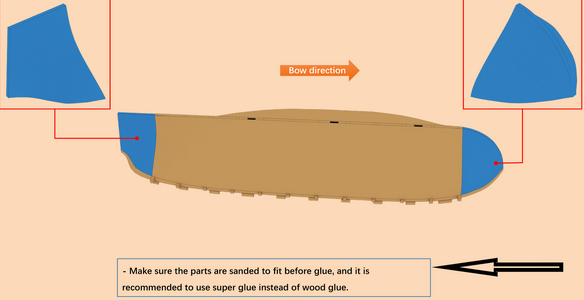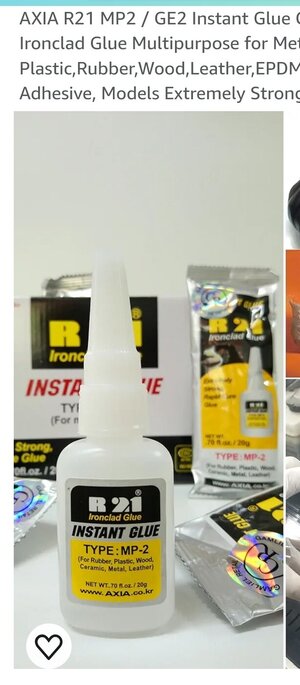Dear Friends
Not yet done for the weekend. there was still one item left on the day's agenda - the deck.
The challenge here is that it is a pre-lasered, pre-cut part (which looks stunning in Pear wood, I might add) and which has to be mounted in one go (remember the CA glue) with perfect accuracy. Bear in mind that there also the nibbed waterways that come into the equation. This raises a nice little question. Do you first install the two deck halves and then the waterways, bearing in mind that you have 4 scarph joints and large number of nibbed ends to contend with, or do you first attach the waterways to the deck halves? I chose the latter.
View attachment 437112
Here the first four sections of the Port Side waterway are being joined whilst the rearmost section (closest to the stern) has already been affixed to the hull.
View attachment 437113
This gives you some idea of high far the waterway extends above the deck line. The fitment of the five pieces that make up the waterway was perfect with all scarph joints and nibbed ends sliding perfectly into position. With that, I could drop the Port side half of the deck into place and fix it permanently as the fit was perfect.
I repeated the process for the Starboard side half of the deck, but when it came to fitting that piece, it was a different story altogether. All I can say is that it required a LOT of fiddling, sanding, measuring, trimming and sanding again to fit into position. And when I glued it into place (keeping in mind that I did not only have the waterway fitment to contend with but also where it joined the Port side half of the deck, I ran out of hands and fingers. The result was that where it butted up against the captain's cabin, the glue bit before I could fully press it into position. And no matter how hard I tried to loosen the glue (with acetone) the grip in other parts was so prodigious, that no adjustment was possible. The end result is that I now have a right hand-side deck half which sits approximately 1mm higher than the Port Side deck as it butts up against the rearmost bench. Even though it is barely visible, the problem is that the inner planking is done on top of the waterways and the first two rows of inner planking has to be level with the underside of the gunports. As it stands now, the Starboard side planking will protrude above that mark, so I will have to make adjustments when I get to that part of the inner planking.
In any case, this is what the ship looks like with the deck installed.
View attachment 437118
View attachment 437119
View attachment 437120
View attachment 437124
View attachment 437125
Inspector Didi checking things out.
And with that my friends, my weekend has come and gone in the shipyard. Until next time, take care, build what you love; love what you build, give your loved ones a hug and a kiss and have a stunning week!





 I keep for repairs and rigging.
I keep for repairs and rigging.

